S3 2024
July 28 - August 8, 2024
Projects
The bulk of your time at the School will be spent working on a research project. You may indicate your preference regarding the project in your application, but teams will be assigned upon arrival to the School, once you get to meet the project leaders in person.
You can read more about the projects available at this camp below. The details of some projects will be announced soon.
Space Down to Earth – An Introduction to Orbital Mechanics
Satellites might be hard to spot, and we tend to forget about them, but they have significant importance in our daily life. From weather forecasting to GPS, from enviorment and agriculture monitoring to emergency response. But how do they get up there? Rockets are the first answer that comes to mind, but thrust on its own is not enough. Orbital mechanics is the science that studies how gravity affects the motion of objects in space, this knowledge allowed us to use gravity to our advantage, rather than fight against it. A key subject in orbital mechanics is the movement between different points in space, by choosing timings and maneuvers the same movement can come at very different costs both in time and money. Understanding these concepts is fundamental for the operations of any of the satellites that constantly affect our lives.
In this project you will learn the fundamentals concepts of orbital mechanics. Starting with geometrical and physical parameters of the orbits and how the launchers affect them, you will then understand different ways to change those parameters. The objective is to come up with different sequences of maneuvers to perform orbital transfers and learn how to discuss and compare the results. By doing so you will also gain valuable knowledge about coding that is fundamental to run various calculations and visualize what you're learning.
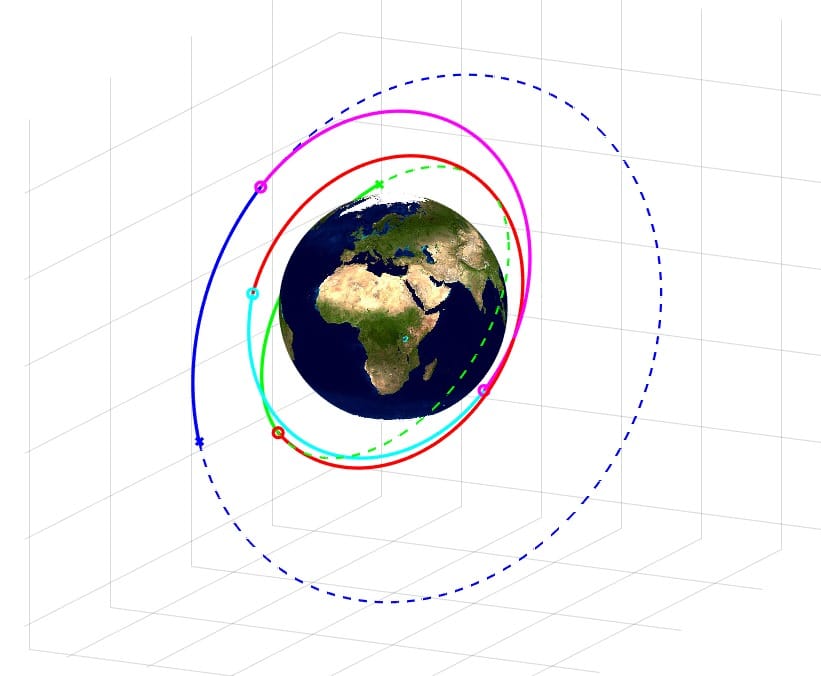
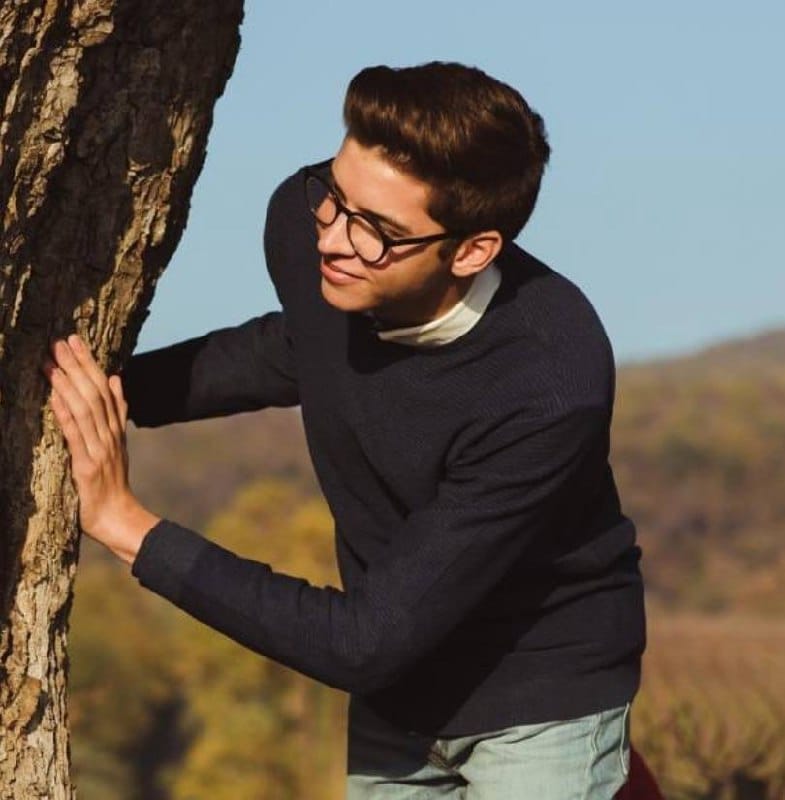
Francesco Bondini
Politecnico di Milano, Italy
Francesco is a third year BSc student in Aerospace Engineering at Politecnico di Milano. His main interests in the field are about Orbital Mechanics and Control Systems. He is a member of the university Experimental Rocketry team, currently working on the rocket's navigation and control systems. His main passion outside of science is music, he loves playing the piano, the guitar and the bass guitar. Having good time with friends and meeting new people is also something he can't live without.
Unlocking the Secrets of Addiction
Ever wondered why some things are just so hard to quit, like that cup of coffee in the morning or endlessly scrolling through your phone at night? That's the addictive power of habits at play, and it's not just about substances and routines; it's about how our brains latch onto them, driven by intricate processes involving dopamine, the 'reward' hormone, and neural pathways that reinforce our cravings. Studying addiction is relevant because it's all around us, influencing how we live, what we do, and even how we think. Our addictions are steered by cognitive and neurological processes and companies exploit these mechanisms to shape our behaviour and habits. Understanding the neurological foundations of habit formation, including the role of neurotransmitters in reinforcing addictive behaviors, gives us greater influence over our actions so that we can make more intentional choices.
As we dive into this project, we'll peel back the layers on why we do what we do, turning our everyday actions into a fascinating exploration of the human brain and behavior. You won’t just be learning the theory, but also exploring the real-world implications of addiction and how it touches every aspect of our lives. We'll start by covering the theories of addiction, habits, and behavior and delve into how they are linked to the brain and dopamine release. Then, we'll design and conduct our own experiment to uncover which reward system is most addictive. Afterwards, we'll employ statistical analysis, a critical step that will allow us to sift through our data, uncovering patterns and drawing scientifically valid conclusions. This project, combining neuroscience, cognitive science and statistical analysis will demonstrate the importance of interdisciplinary approaches in modern science. [Project image is generated by DALL·E]

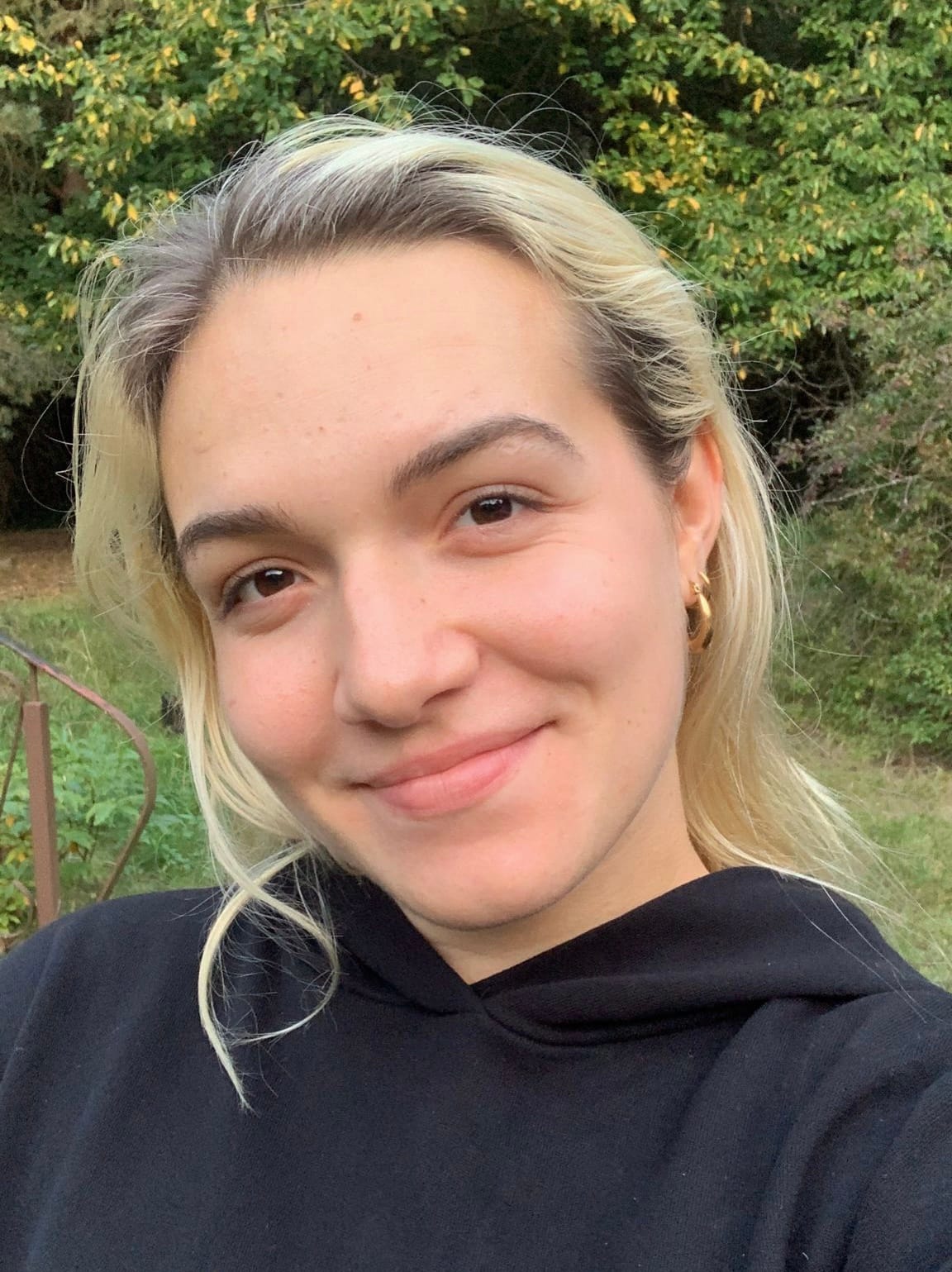
Julia Hamblin-Trué
CODE University of Applied Sciences, Germany
Julia Hamblin-Trué has a B.A. in Product Management from CODE University of Applied Sciences, Berlin. She participated in two S3++ Camps and also led two S3++ Projects. In school, she particularly loved learning about Genetics and Neuroscience as she is fascinated by what makes us who we are. In her free time she enjoys acting, singing and dancing, cooking and being present in nature. She is interested in opportunities that create positive social impact through technology and the arts.
Geothermal Energy: Solution to the Climate Crisis?
The climate crisis, caused by human-made CO2 emissions, is already creating noticeable devastation to our global ecosystems and quality of life - arguably the most pressing problem of our generation… It’s up to your collective young minds to solve it! Our world has been dirtied by the oil & gas industry to power our civilization. Clearly, we can no longer continue business as usual. So what if I told you that we actually have an unlimited clean renewable energy resource just under our feet?? Even more so, what if I told you we already know how to tap into it??
The heat from the Earth’s core – what’s called geothermal energy – can be used to power our cities for generations. The idea is simple: just below us sits an untapped resource of heat which can be mined using water (or other flids). The subsequent hot steam can then be used to power a turbine or heat homes directly. But can it be really that simple? Why aren’t our cities already geothermal powered? In this project, you will learn firsthand what it takes to extract geothermal energy by building your own power plant! You’ll even learn how to turn the ground below you into a battery! By the end of this project, you will be able to make your own judgement of the capability of geothermal energy and take your first steps in the fight against climate change!
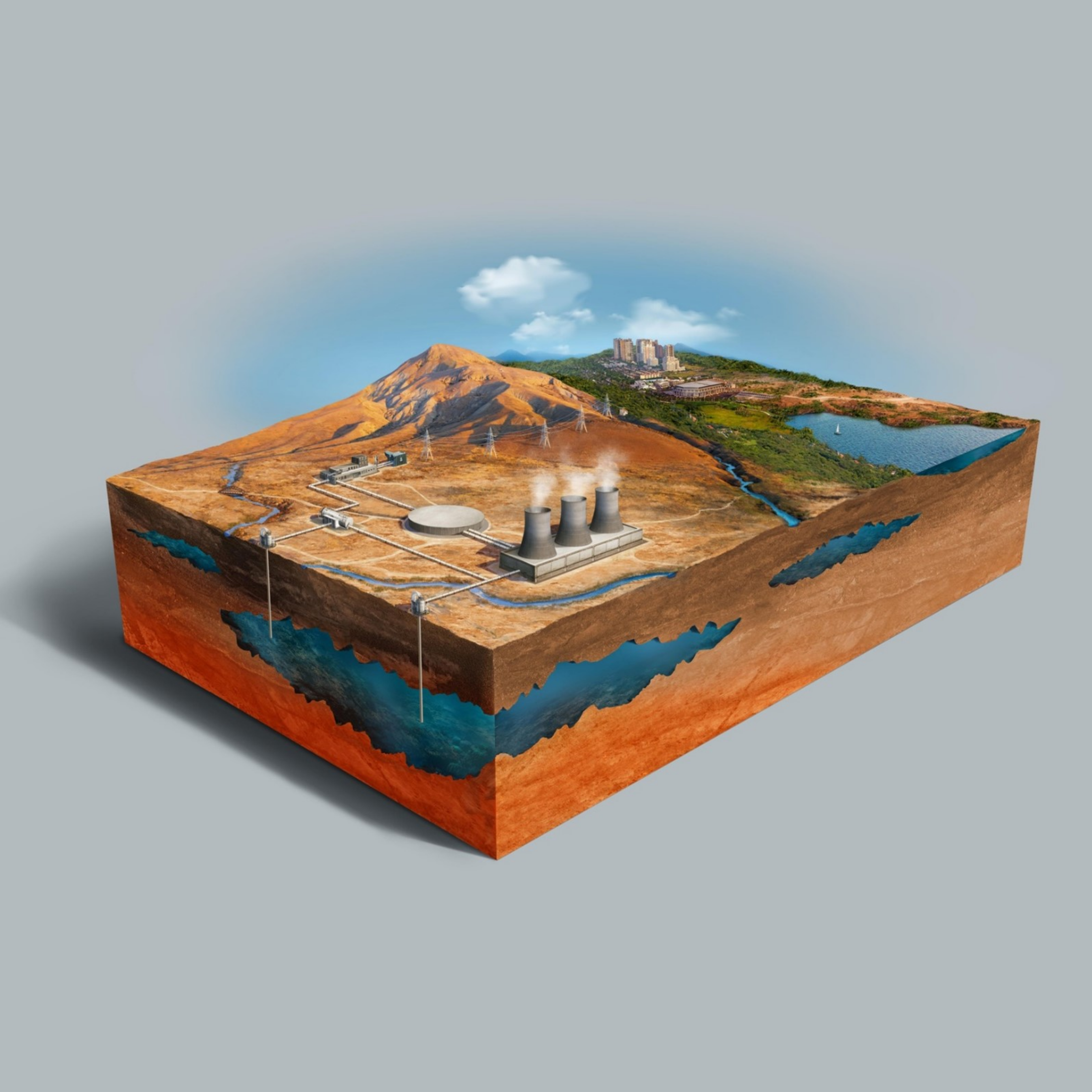
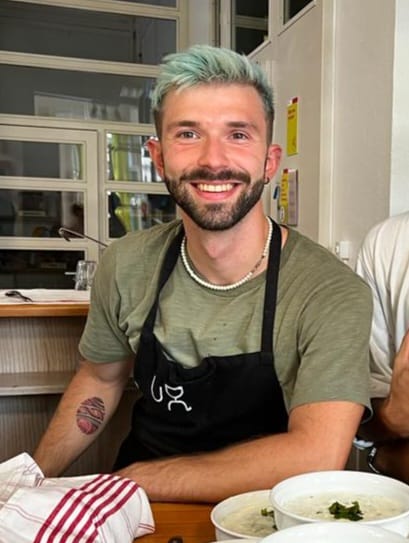
Daniel Pokras
ETH Zürich, Switzerland
Daniel completed his BEng in Chemical Engineering at the University of Edinburgh and his MSc in Process Engineering at ETH Zürich. His research interests are in climate change mitigation technologies especially CO2 capture and renewable energy. Currently, he is researching a novel geothermal energy process that uses supercritical SCO2 to extract heat from low temperature heat sources. Outside of science, he enjoys salsa and swing dancing, skiing, surfing, and hiking. He also really enjoys cooking elaborate meals for his friends!
Detecting Cancer with Machine Learning and Computer Vision Models
Computer Vision and Machine Learning are two important fields of Artificial Intelligence. Computer Vision focuses on deciphering image content while Machine Learning attempts to extract knowledge from large amounts of data with the goal of creating models that can perform useful tasks in everyday life. The two fields are closely related as the integration of Machine Learning approaches lead to significant breakthroughs in many Computer Vision challenges. A crucial task within Computer Vision is classification, where we expect a model to sort new images into a predefined set of classes. There are many potential real-world applications of such models in a variety of fields such as autonomous driving, online commerce or industrial quality assurance. They are also likely to find their place in medicine in the future, where they may be used for detecting illnesses from different types of medical imaging such as MRIs, CT scans or X-ray images. Just recently, an AI tool has successfully identified signs of breast cancer that have been missed by doctors (read more here).
In this project, we will cover the basics of machine learning and image processing and combine the two to perform image classification. We will train simple image classification models and test their performance on expected inputs. We will look at existing datasets for medical imaging and apply our models to them.
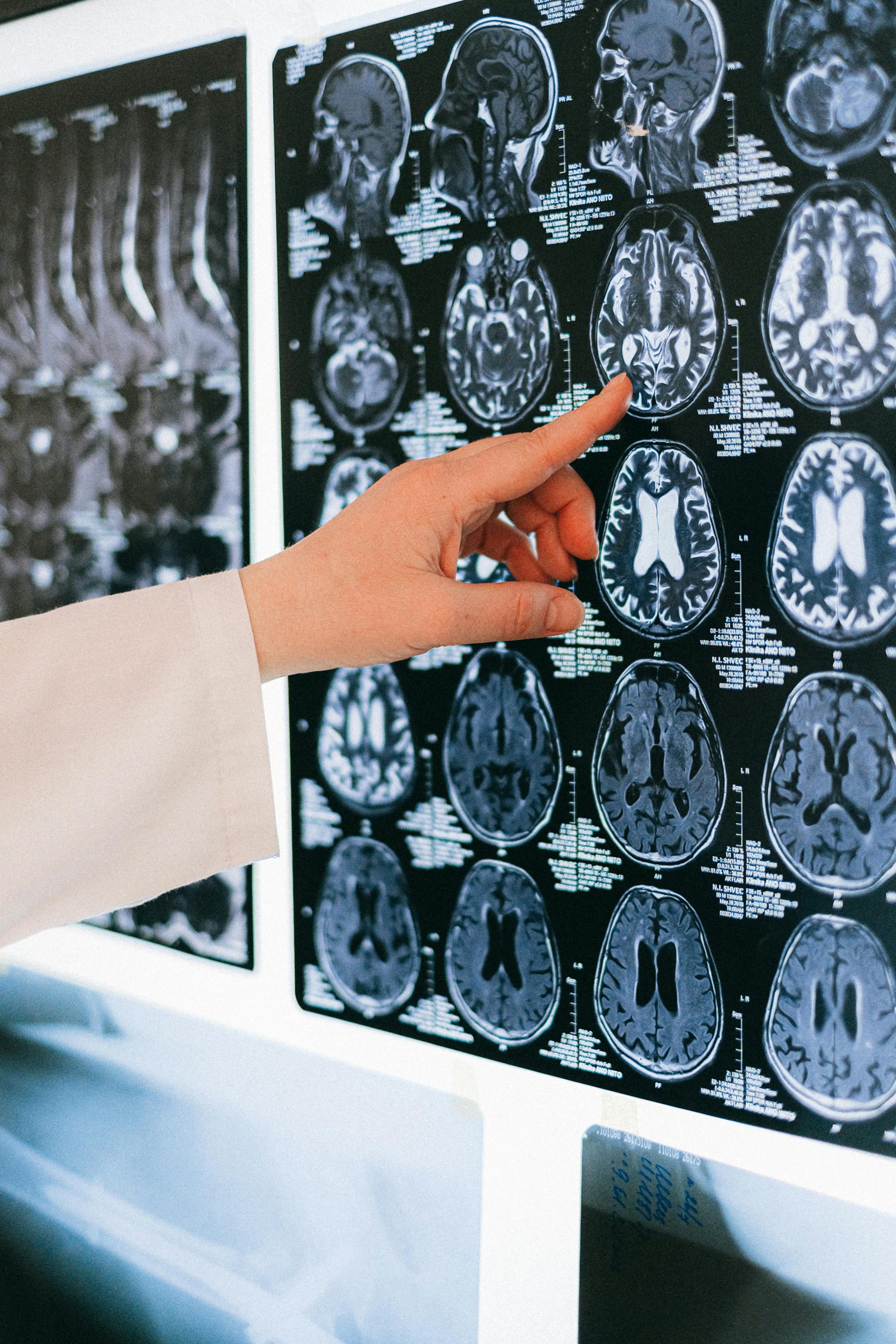
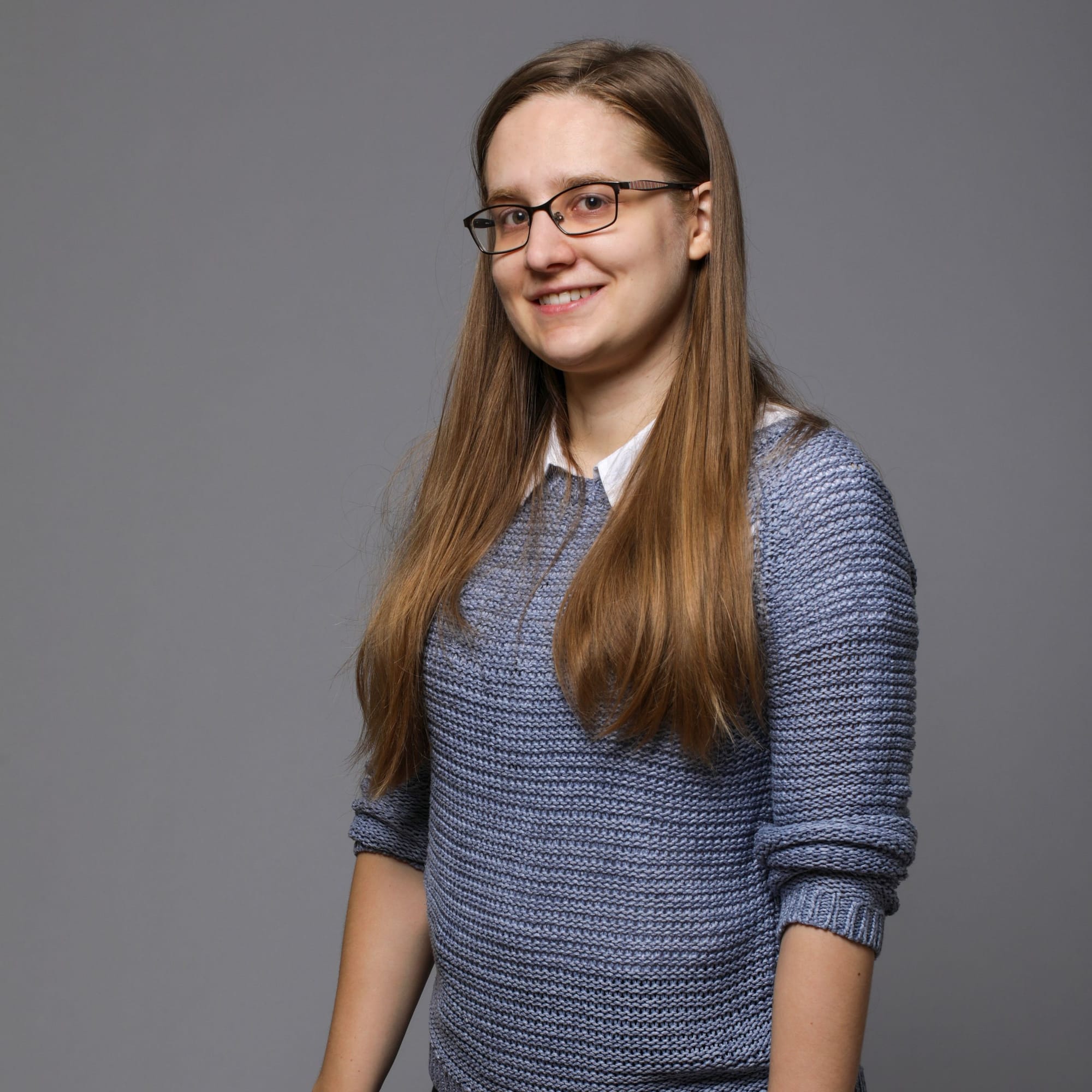
Petra Bevandić
Faculty of Technology, University of Bielefeld, Germany
Petra is a post-doc at the Faculty of Technology at the University of Bielefeld. Her research is in the field of image analysis, primarily of road driving images. She focuses on improving model robustness for real-world applications. Currently, she is trying to figure out how to automatically connect visual concepts across multiple datasets to train general-purpose models. Outside of work, she enjoys crafts, classic movies, books, yoga, and pub quizzes.
Protecting Fish: Identifying Oomycete Growth Inhibitors
Oomycetes are fungus-like eukaryotes that pose a significant threat to freshwater environments as they can infect freshwater animals like crayfish and salmon. Salmon farmers have reported up to 50% of their stock being lossed due to infections by Oomycetes. Conventional methods of controlling such infections often involve using harmful chemicals. One such chemical is a cheap organic dye called malachite green which is currently banned in most states for use in aquaculture due to its toxic effects on human health. As with most things, in our search for a safer and environmentally friendly alternative, we can turn to nature to look for a solution. As it turns out, some bacteria found on freshwater fish and crayfish have the ability to inhibit oomycete growth. Although there is research into what specific strains of bacteria have this ability, how they inhibit Ooymcete growth remains unclear.
In this project, we aim to use simple molecular techniques to try and characterize the substance or substances that cause the inhibition of Oomycete growth. We will learn how to prepare culture media for Oomycetes. We will learn how to isolate bacteria from freshwater samples. We will learn how to prepare culture media for bacteria. We will test different components of bacterial solutions for the ability to inhibit Oomycete growth. We will use a polymerase-chain reaction to isolate and amplify the 16s rRNA from bacteria. We will also use phylogenetic tree construction to try to identify the isolated bacteria.
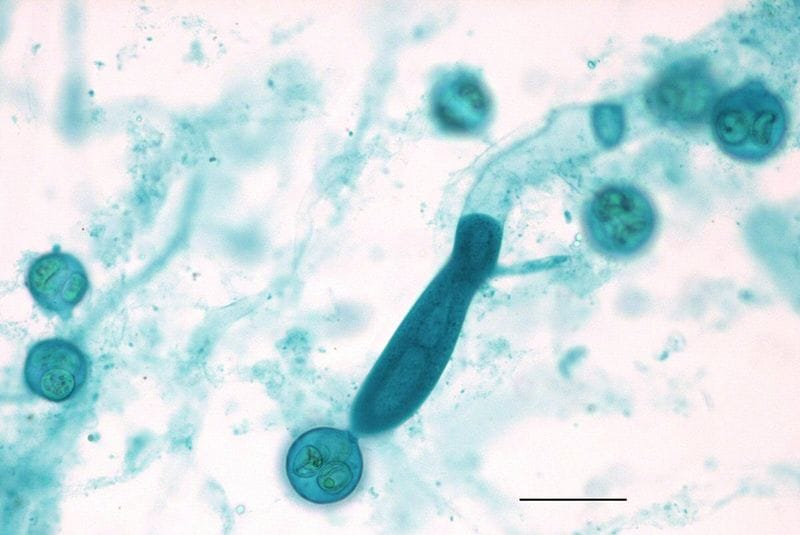

Leo Barišić
University of Zagreb, Croatia
Leo did his undergraduate degree in molecular biology at the University of Zagreb, Faculty of Science before moving away to Paris, France to start his graduate degree at Sorbonne University. Having found his passion for teaching, he now works at the Croatian Debate Society organizing workshops for high school students teaching them presentation and critical thinking skills. He is also a board game enthusiast.
Lectures
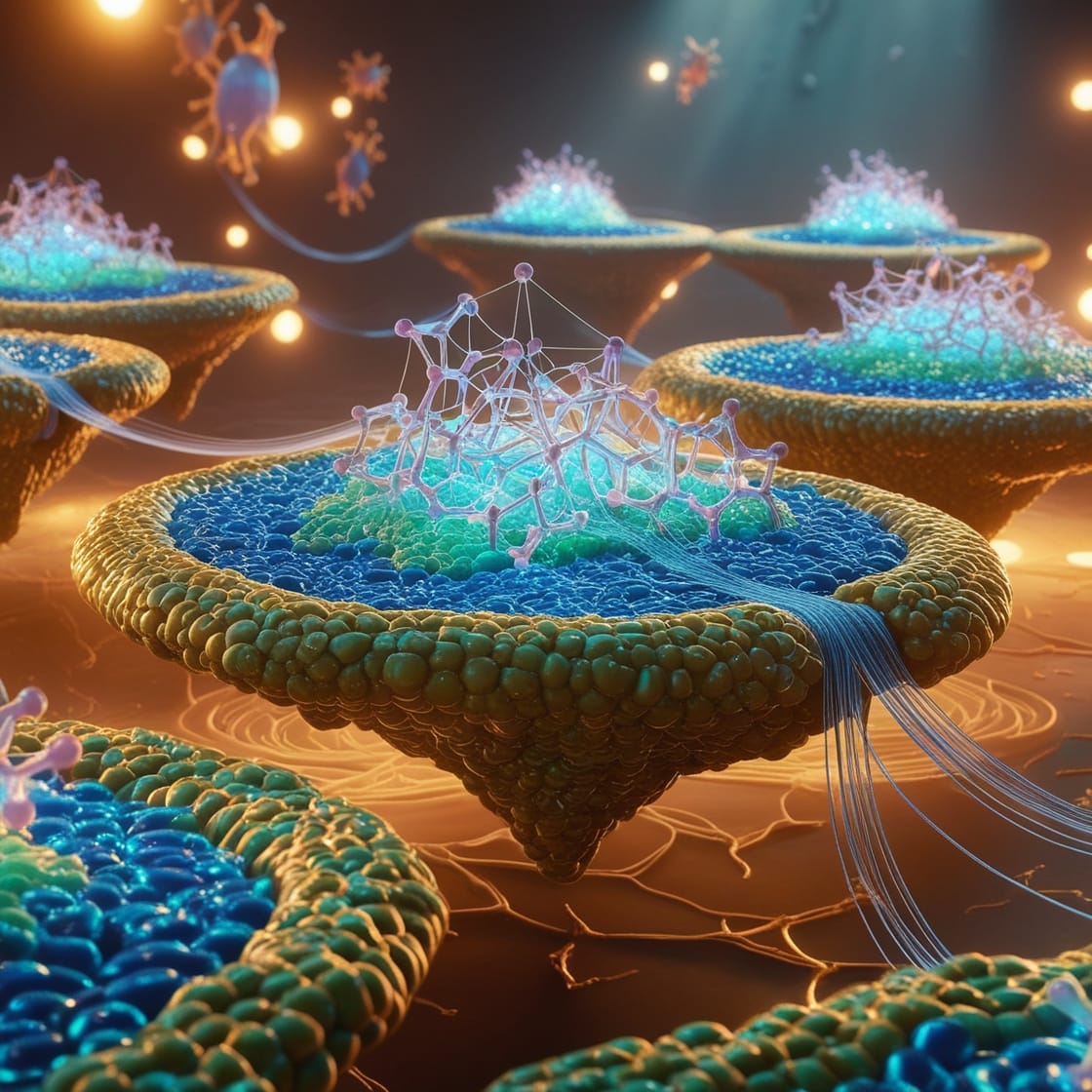
Dr. Anđelo Beletić, Genos Ltd, Glycoscience Research Laboratory, Zagreb, Croatia
| July 29, 2024 @ 14:00 CEST
Biochemistry islands in the Biomedicine archipelago: a tour guided by personal research pearls
Read more
Dr. Anđelo Beletić, Genos Ltd, Glycoscience Research Laboratory, Zagreb, Croatia | July 29, 2024 @ 14:00 CEST
Biochemistry islands in the Biomedicine archipelago: a tour guided by personal research pearls
Biomedicine, artistically described, looks like a magical archipelago offering perennial sources for challenging discoveries. The only way to discern and carve them into safe and efficient tools is the hopping between vivid, intertwined, and medley scientific islands. Many of them belong to the biochemistry group. The lecturer, a medical biochemist, will take you for a short tour of some of the biochemistry islands he recognizes as the personal research pearls. At every tour stop, the lecturer/guide will share a personal collaborating experience with peers from the neighboring scientific islands. The first tour point will show you the biochemical contribution in the management of a hereditary condition predisposing to lung and liver diseases, α1-antitrypsin deficiency. Here, our peers from the neighboring scientific islands will be physicians and molecular biologists. After that, we will arrive at the veterinary medicine setting to glimpse into the biochemical aspects of canine vector-borne diseases. Our next destination will be again human laboratory diagnostics, but this time to acquaint a new approach to measuring antithyroglobulin antibodies developed in synergy with chemists. The tour will finish in the exclusive province of researching glycans, complex oligosaccharides structurally and functionally “decorating” proteins, lipids, and RNAs. Here we will intersect with peers from the comprehensive net of research islands such as chemistry, molecular biology, data science, medicine, and biotechnology. Instead of an official farewell, the tour will end with tips for those interested in navigating their tours through the Biomedicine archipelago.
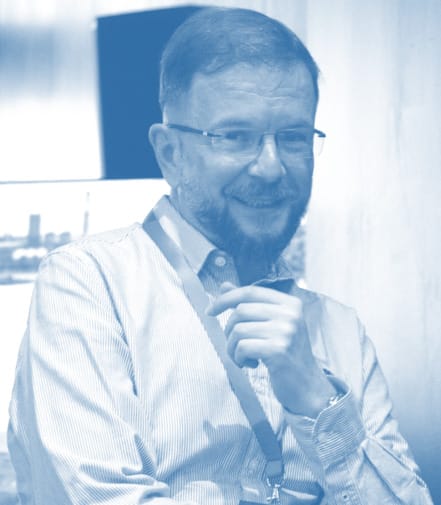
Dr. Anđelo Beletić
Genos Ltd, Glycoscience Research Laboratory, Zagreb, Croatia
Anđelo Beletić holds a Master of Pharmacy-Medical Biochemist degree (2002) from the Faculty of Pharmacy, University of Belgrade, Serbia. He obtained his Specialist in Medical Biochemistry title (2012) and a PhD in Medical Sciences-Pharmacy (2014) from the same institution. He is employed as a Researcher in Genos Ltd, Glycoscience Research Laboratory (Zagreb, Croatia), one of the international leaders in high-throughput glycomics. Before joining Genos, his positions were at the Faculty of Pharmacy, University of Belgrade, Serbia, the University Clinical Center of Serbia, and the Faculty of Veterinary Medicine, University of Zagreb, Croatia. His professional and scientific expertise covers the fields of Human and Veterinary Laboratory Medicine, proteomic research, and canine vector-borne diseases. He serves as an Assistant Editor of Biochemia Medica, the official journal of the Croatian Society of Medical Biochemistry and Laboratory Medicine.
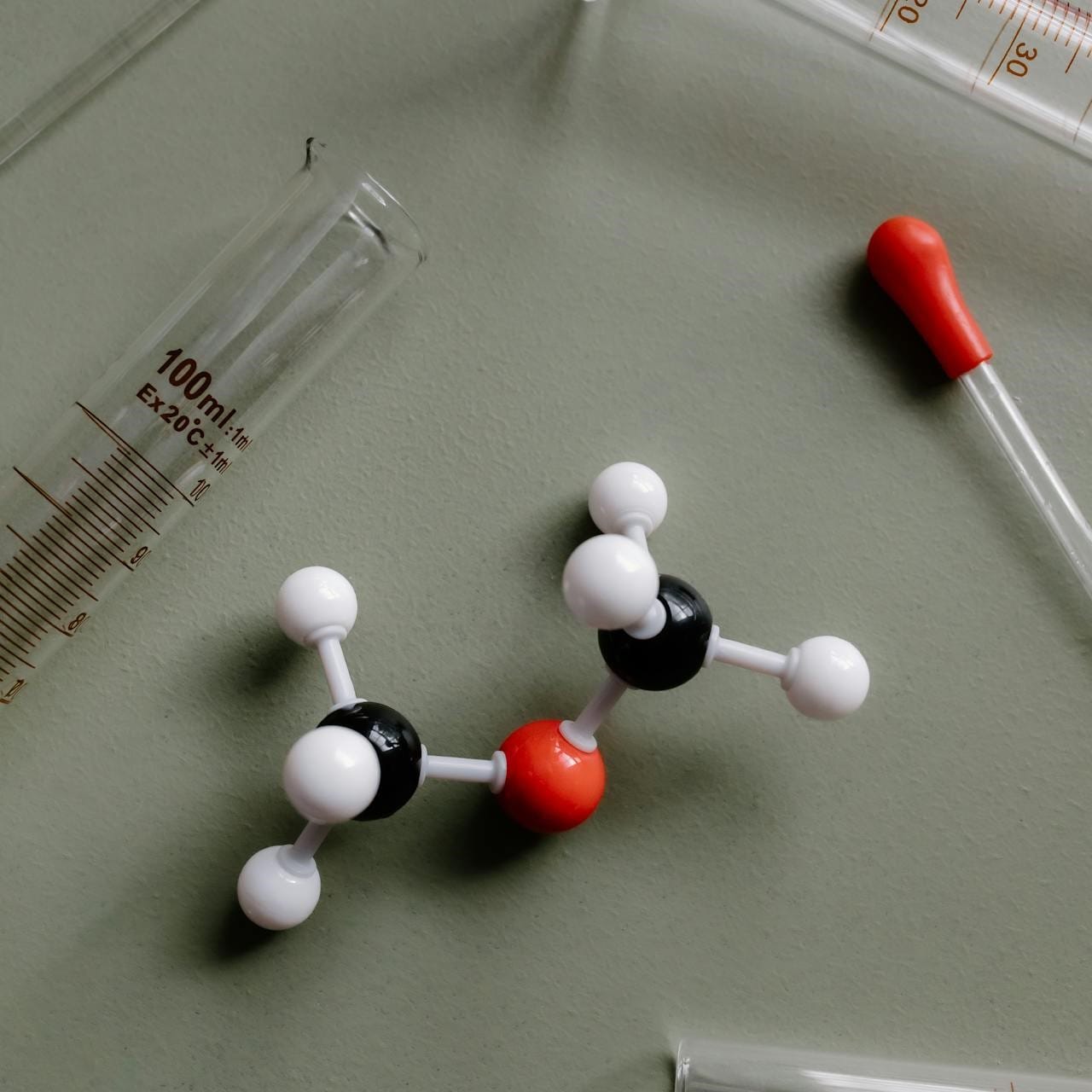
Martina Manenica, mag. chem., doctoral student, Faculty of Science, University of Zagreb, Croatia
| July 30, 2024 @ 16:30 CEST
How to see molecules and their interactions? - Synergy between lab experiments and supercomputers
Read more
Martina Manenica, mag. chem., doctoral student, Faculty of Science, University of Zagreb, Croatia | July 30, 2024 @ 16:30 CEST
How to see molecules and their interactions? - Synergy between lab experiments and supercomputers
It is common knowledge that the water molecule is V-shaped, we see the DNA helix so many times on TV, some people even have a caffeine molecule as a tattoo... But how do we know what these molecules look like if they are impossible to see with the naked eye or even a microscope? What techniques do scientists use to find out this information and why is it important to know? We can learn so much about chemical interactions once we know the structure of molecules; we can understand why water is so essential for life on Earth, find out how a living cell works or what drugs do to heal a patient. Our knowledge is currently so great and computers so powerful that we can even do research without beakers and laboratories, just by modelling systems computationally. Bioinformatics and molecular modeling, supported with AI and machine learning, are very powerful tools. They implement prior knowledge with which we can find unknown genes in DNA, predict the 3D structure of proteins knowing only their amino acid sequence, and understand whether a potential drug will work just by simulating its interaction with the target. In this lecture, you will learn what experimental techniques we use to determine the structure of molecules and how we later use this data to understand molecular systems at the smallest levels of intermolecular interaction. We will go through an example of a DNA binding protein which only has its crystal structure known. We will find gene sequence that protein binds, build the DNA molecule in 3D, dissolve both protein and DNA in water and let them interact. And all of that without even putting on a lab coat, only with a little help of a (super)computer.
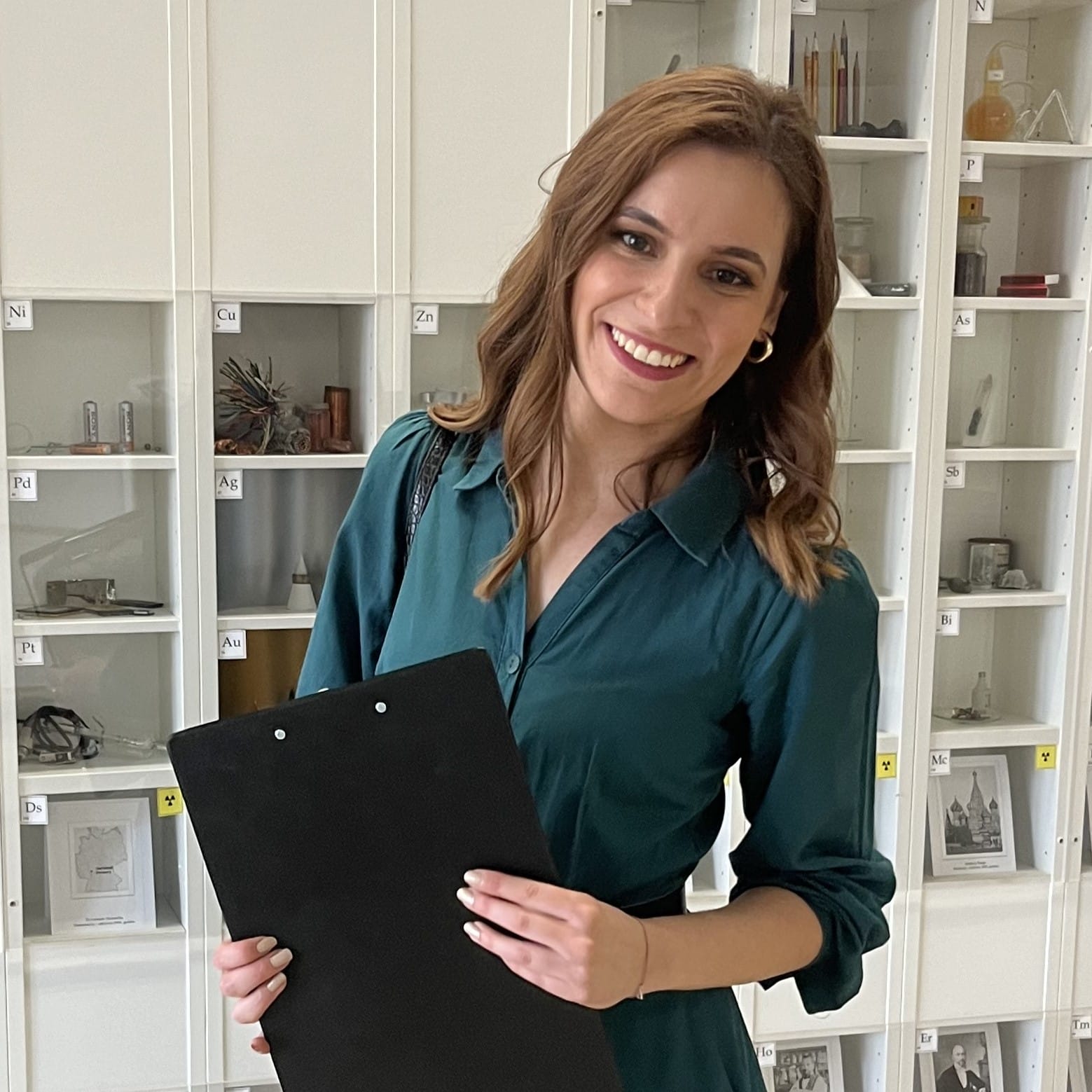
Martina Manenica, mag. chem., doctoral student
Faculty of Science, University of Zagreb, Croatia
Martina Manenica got an MSc Diploma in Chemistry at the Faculty of Science, University of Zagreb. She did her Master thesis research at the Ruđer Bošković Institute, in the Biophysics of Cell Division Laboratory. She continued her professional path in a completely different direction; she got a job in R&D, Xellia d.o.o. She is also a PhD student at the Faculty of Science, investigating interactions of DNA binding proteins and DNA by molecular dynamics simulations. The science popularization is one of the things Martina always enjoyed, as she actively participated in the "Znanstvene Čarolije", voluntary project at the Faculty of Science. She has also been the TV presenter and author of science talk-show "Treći Element" at Croatian national television HRT.
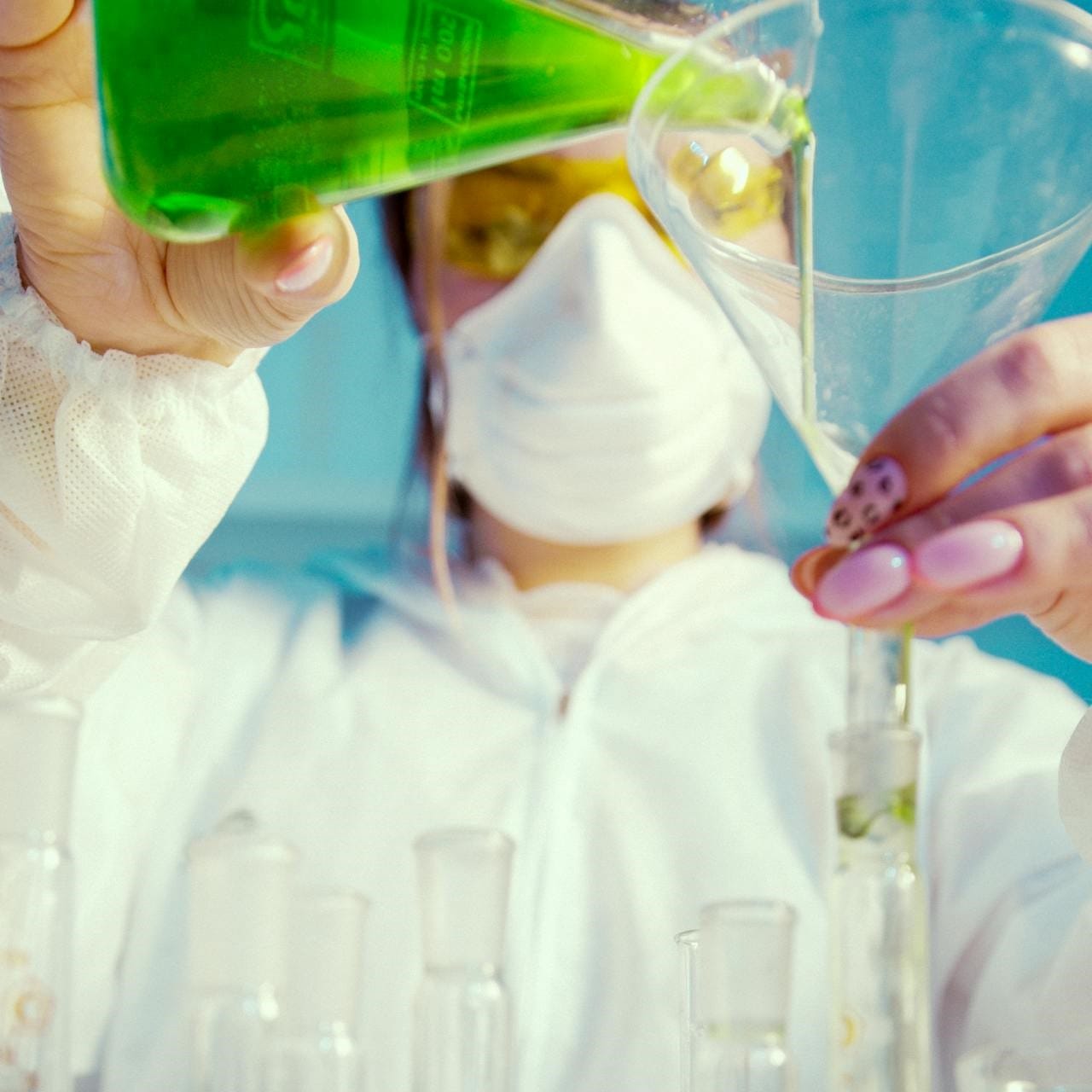
Dr. Dajana Barišić, Selvita Ltd.
| July 31, 2024 @ 14:00 CEST
Green chemistry without solvents – myth or the future?
Read more
Dr. Dajana Barišić, Selvita Ltd. | July 31, 2024 @ 14:00 CEST
Green chemistry without solvents – myth or the future?
Chemical reactions in solution are the traditional approach to synthesizing numerous chemical compounds. Solvents make up as much as 80-90% of the mass of material used in the preparation of active pharmaceutical ingredients (API), but the same is true for other types of chemical industry. The development of new synthesis methods that would reduce the use of often harmful and dangerous solvents is of great importance both for scientific research and for industrial processes. As a greener alternative to solvent-based reactions, chemical transformations in the solid-state have drawn increasing attention among chemists due to the unique benefits that the solid-state methods provide in terms of sustainability, reaction times, yields, solubility, selectivity, and chemical reactivity. Mechanochemistry, i.e., the performance of chemical reactions induced by direct absorption of mechanical energy, has proven to be a more environmentally friendly, solvent-free approach used for synthesizing existing or new chemicals. In this lecture, we will discuss the main points of green chemistry with a focus on mechanochemistry and try to conclude whether the chemistry without the solvents is a realistic future or just a myth.
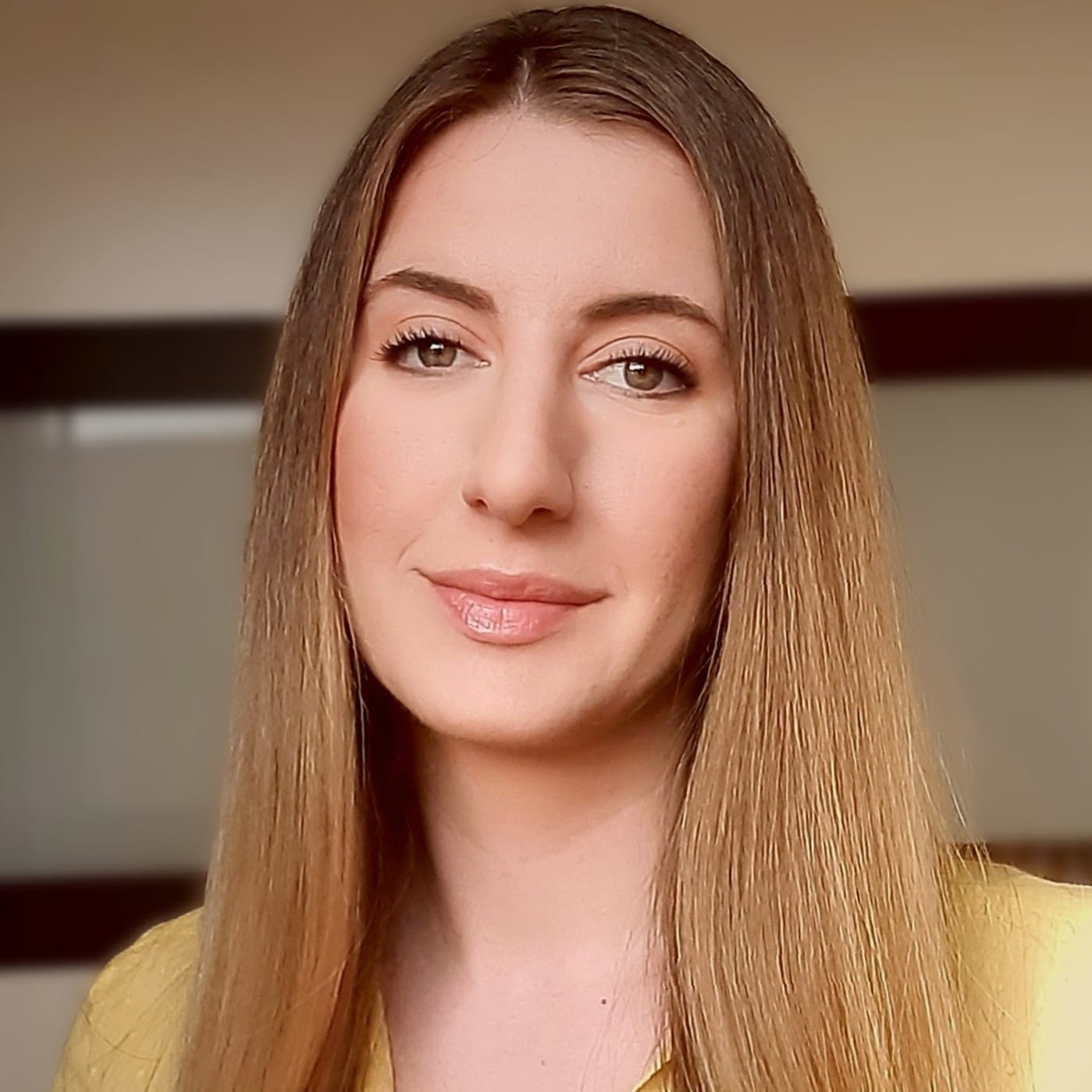
Dr. Dajana Barišić
Selvita Ltd.
Dajana Barišić is a Senior Scientist, Medicinal Chemist at Selvita, one of the largest preclinical contract research organizations in Europe. Following her graduation from the Faculty of Science in Zagreb, Department of Chemistry, she worked as an assistant in the Laboratory for solid-state synthesis and catalysis at the Ruđer Bošković Institute in Zagreb. During this period, she completed her PhD thesis, successfully defending it at the Faculty of Science in 2022. Motivated by the desire to put her knowledge and skills into practical use, she joined Selvita and is currently focused on medicinal chemistry and drug discovery. She is an author of numerous scientific publications, a winner of several awards, and passionate about the popularization of science.
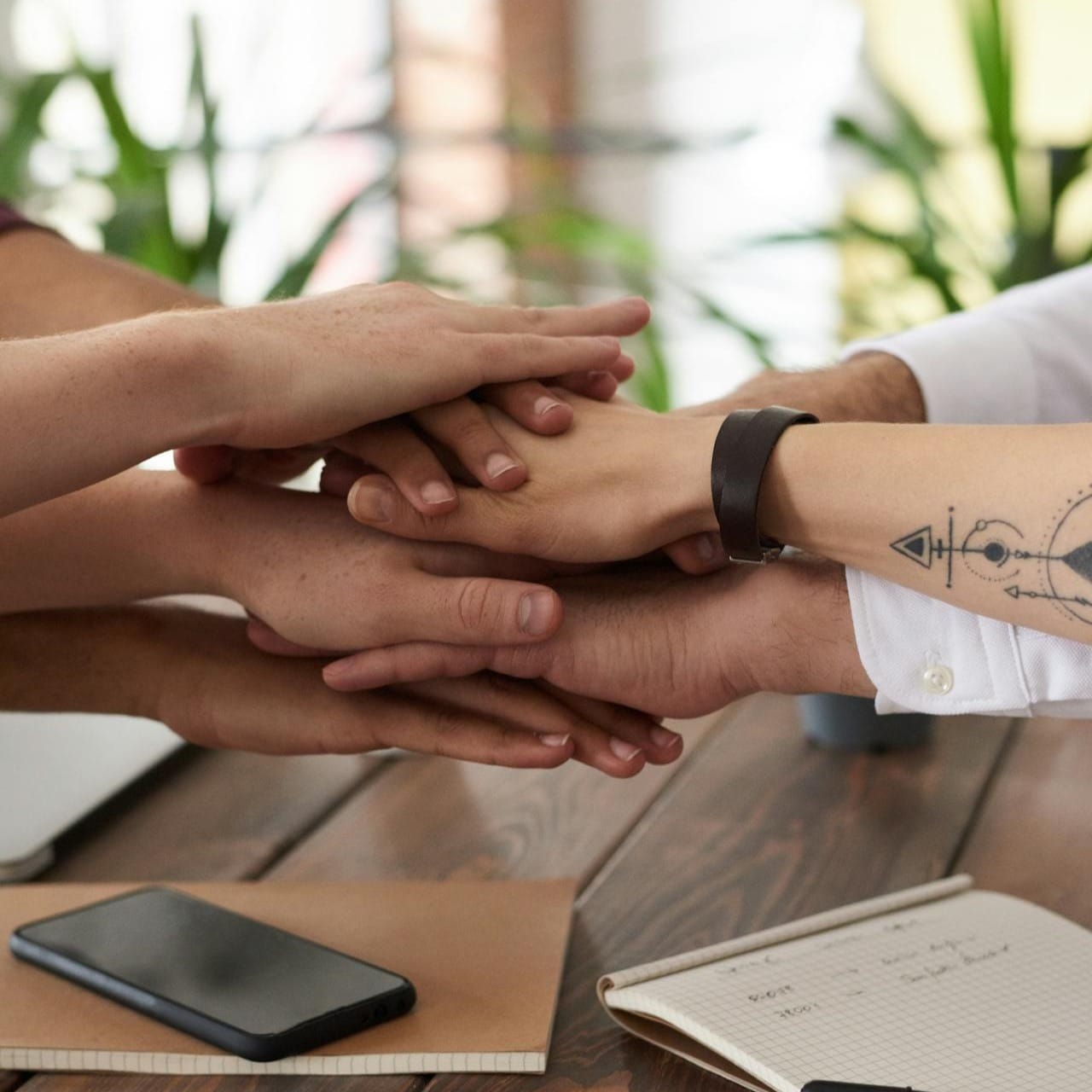
Ena Šelendić, Telegram Media Grupa, Croatia
| July 31, 2024 @ 21:00 CEST
Thrive and Shine: Master Communication, Make Awesome Friends, and Balance Life Like a Pro
Read more
Ena Šelendić, Telegram Media Grupa, Croatia | July 31, 2024 @ 21:00 CEST
Thrive and Shine: Master Communication, Make Awesome Friends, and Balance Life Like a Pro
Join us for an engaging and empowering presentation where you'll uncover the secret sauce to thriving in every aspect of your life. Speak Up and Shine - Master the art of assertive communication with professors, parents, and peers to achieve your goals. X Factor Unleashed - Discover the secret sauce to making amazing friends and effortlessly talking to your crush. Mastering the Balance - Learn how to conquer lack of motivation, burnout, and parental pressure while still enjoying your passions. Get ready to unlock your potential, build incredible relationships, and balance life like a pro!
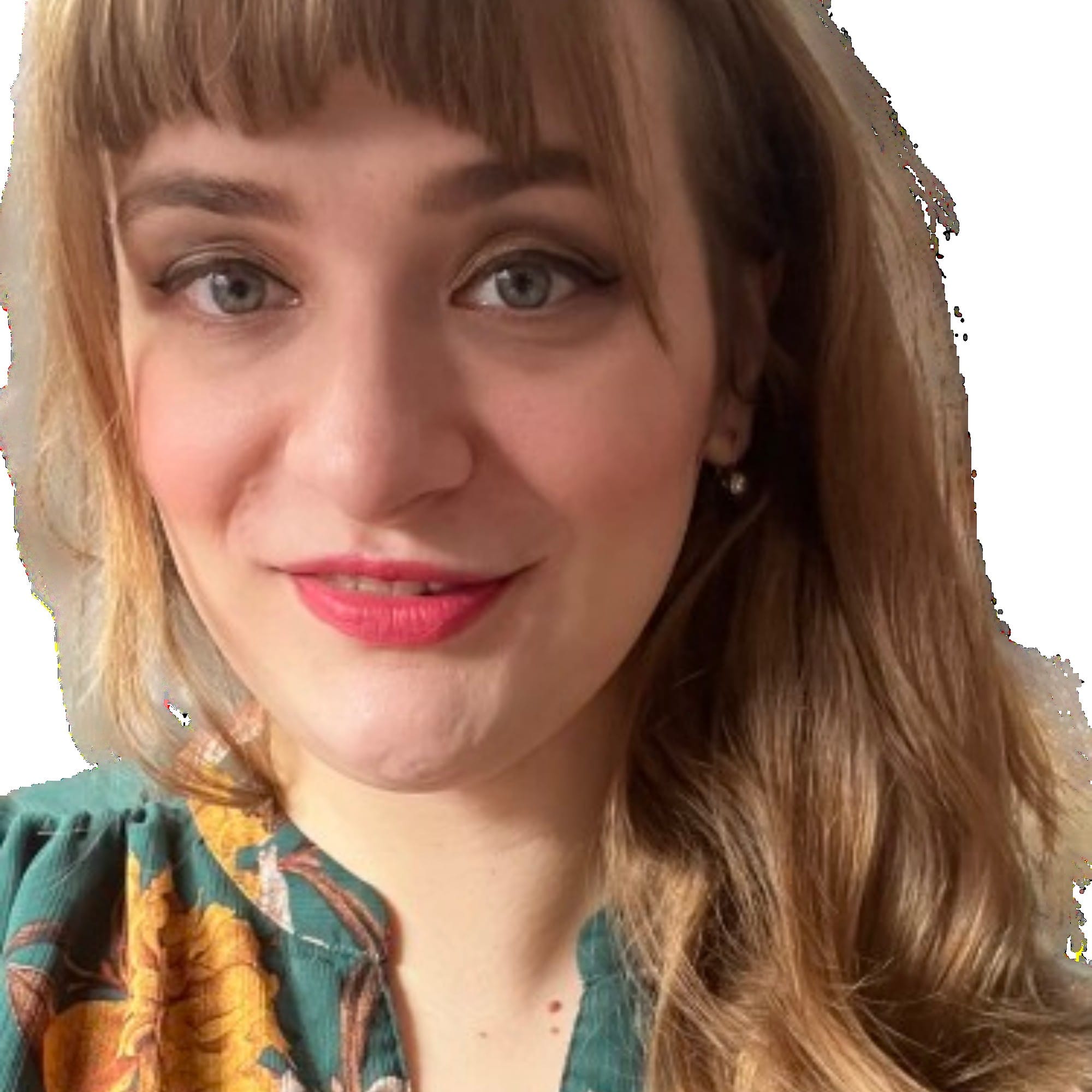
Ena Šelendić
Telegram Media Grupa, Croatia
Ena Šelendić is a marketing and media expert. As a digital analyst in the media industry, she's a master at understanding online behaviour, emotions, and motivations—plus, she knows exactly what makes headlines irresistible and drives tons of clicks to websites. Ena also worked as an analyst in the global beauty industry, where she analyzed influencers from over 80 countries, gaining extensive insights into personal branding and the keys to achieving charisma and success in today's competitive landscape. Academically, Ena has earned a master's degree in marketing and a bachelor's degree in business economics. She's not just book smart—she's got the skills for career development, goal setting, and navigating any professional challenge that comes her way. Beyond her professional achievements, Ena is a passionate advocate for human rights, actively contributing as a social media manager for LGBT organizations. Her journey also includes completing peace studies, where she mastered assertive communication - a skill crucial for fostering meaningful connections and navigating diverse environments. Besides form work, she is passionate about politics, feminism, TikTok, skincare and pilates classes.
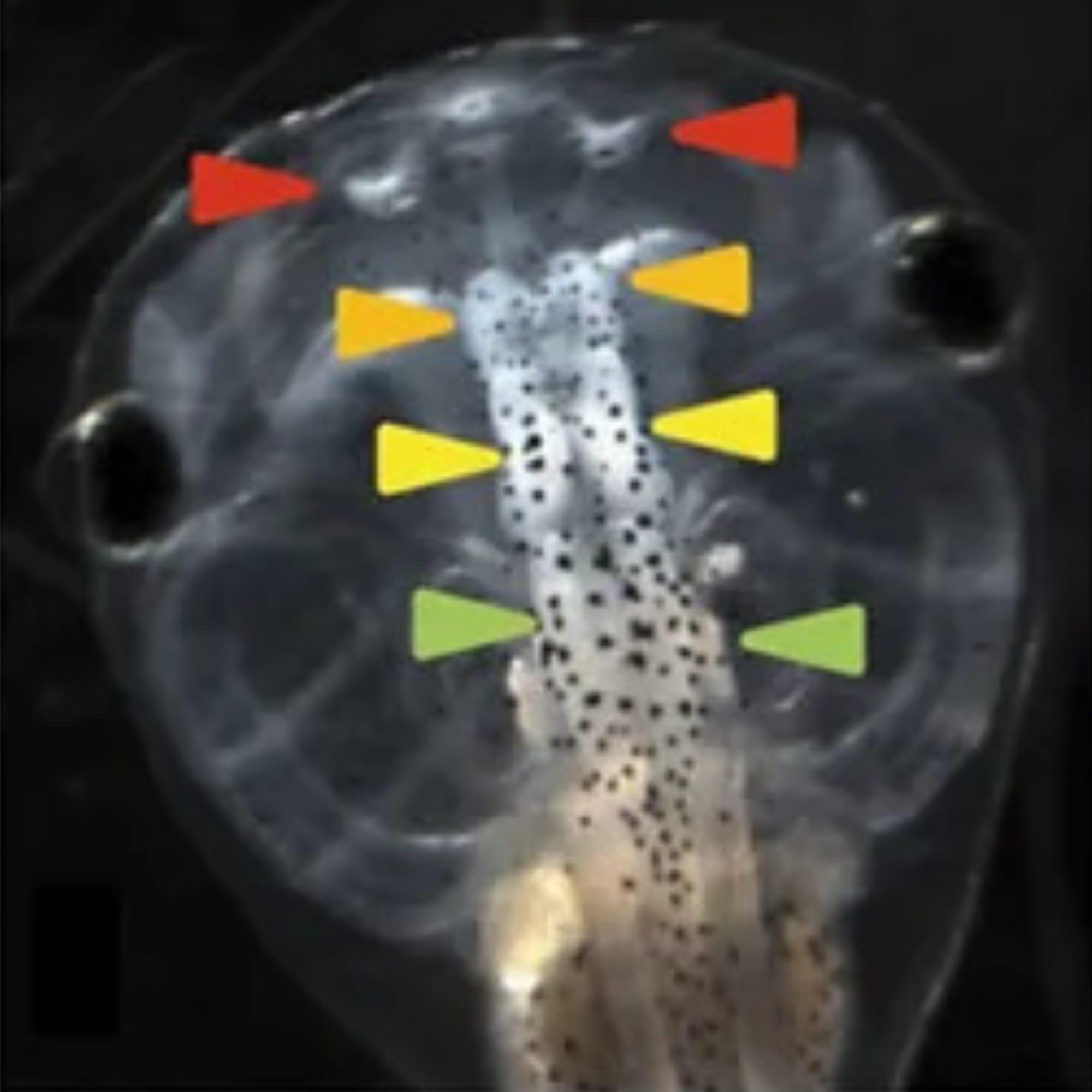
Dr. Vaibhav Pai, Tufts University, USA
| August 4, 2024 @ 15:00 CEST
Endogenous Bioelectric Control of Shape (Morphogenesis) and Regeneration
Read more
Dr. Vaibhav Pai, Tufts University, USA | August 4, 2024 @ 15:00 CEST
Endogenous Bioelectric Control of Shape (Morphogenesis) and Regeneration
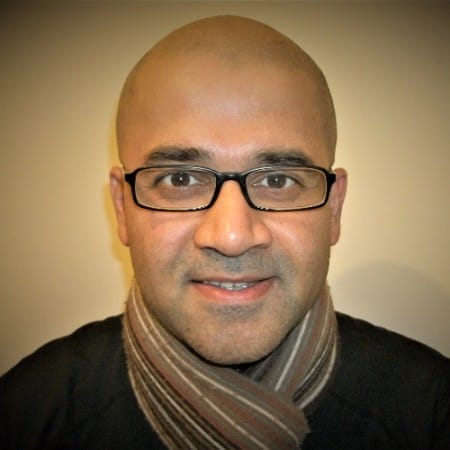
Dr. Vaibhav Pai
Tufts University, USA
Vaibhav Pai, PhD is a Research Scientist at the Allen Discovery Center at Tufts University. His main research interest is in understanding biophysical control of morphogenesis (shape formation in nature). You can find out more on his website or on Google Scholar.
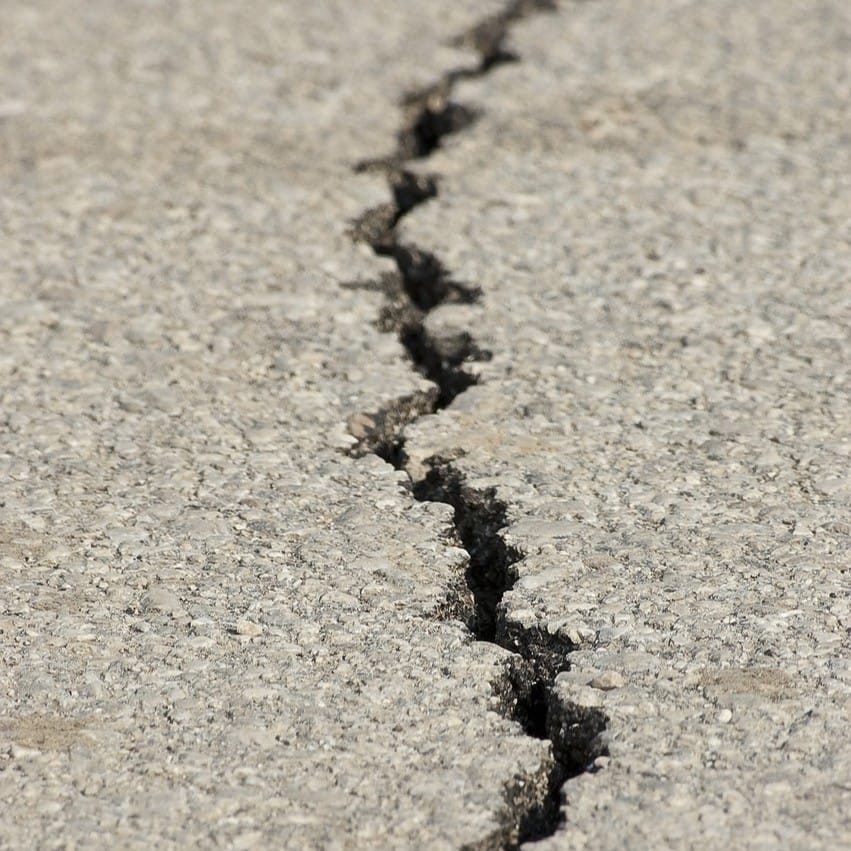
Prof. Dr. Andreas Fichtner, Department of Earth Sciences, ETH Zurich, Switzerland
| August 6, 2024 @ 14:00 CEST
Fiber-optic seismology
Read more
Prof. Dr. Andreas Fichtner, Department of Earth Sciences, ETH Zurich, Switzerland | August 6, 2024 @ 14:00 CEST
Fiber-optic seismology
Fibre-optic deformation sensing provides new opportunities for seismic data acquisition with high spatio-temporal resolution. The relative ease of deploying fibre-optic cables, or the possibility to piggyback on existing telecom infrastructure make this technology particularly attractive for environments where large numbers of conventional seismic instruments may be difficult to install. These include active volcanoes, glaciers or densely populated urban centres. In the first, more observational part of this talk, we will present a series of case studies where Distributed Acoustic Sensing (DAS) greatly improved the location of glacial icequakes and our knowledge of ice sheet structure, enabled the observation of previously unknown volcanic tremor and resonance phenomena, and increased the number of detected seismic events by two orders of magnitude – all relative to data from existing seismometer networks. In the second, more theoretical part, we will report on the development of two novel fibre-optic sensing systems based on the transmission of laser pulses that enable interrogation distances of thousands of kilometres. While the first system exploits microwave-frequency signals, the second system co-uses the active noise cancellation in metrological frequency dissemination. For these kinds of transmission systems, we show that different segments of the fibre can have different sensitivities for deformation sensing, largely depending on fibre curvature. Data from a large-scale experiment support this theory and demonstrate that transmission-based systems can constrain earthquake source mechanisms using only a single time series.
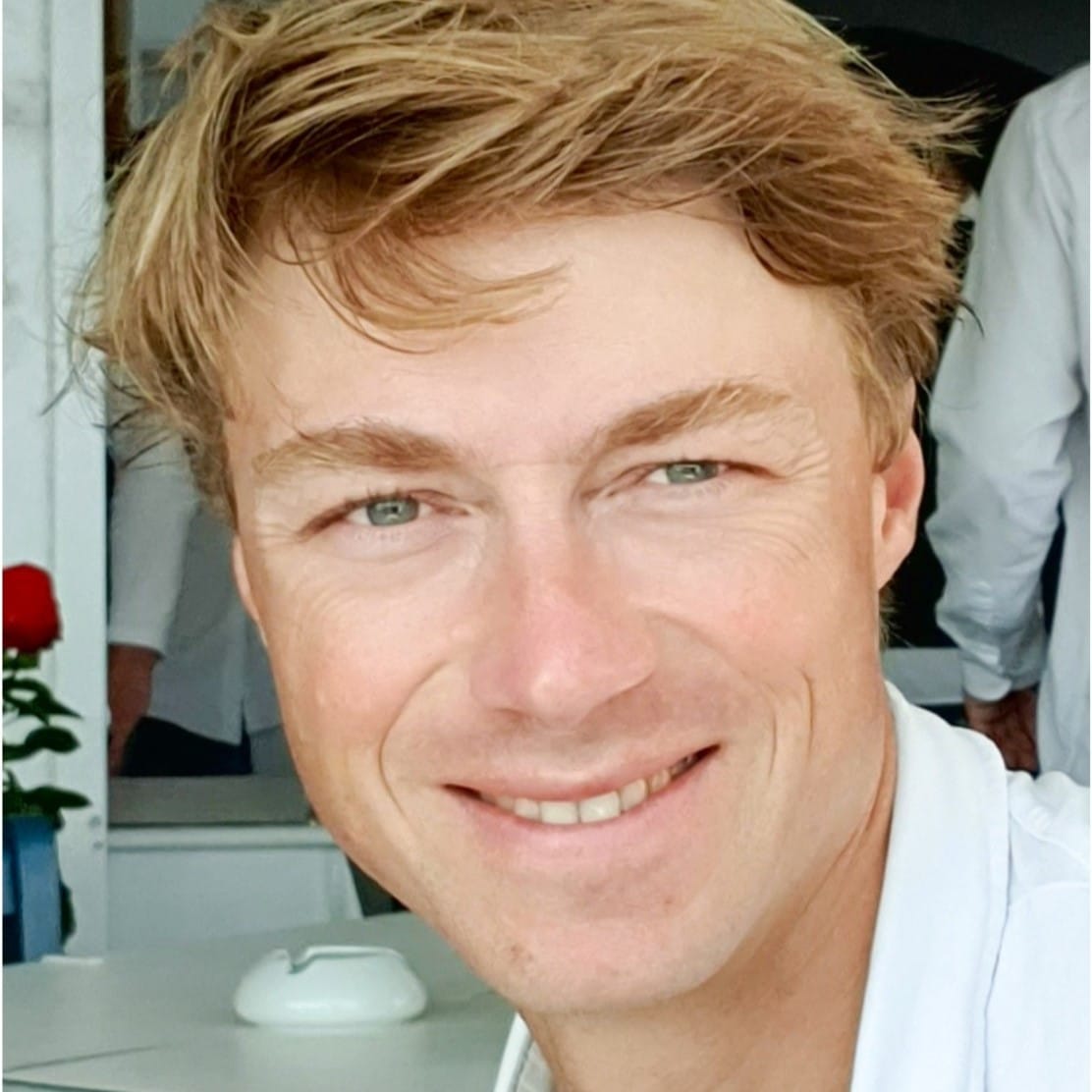
Prof. Dr. Andreas Fichtner
Department of Earth Sciences, ETH Zurich, Switzerland
Andreas is Full Professor for Seismology and Wave Physics at ETH Zurich. In 2010, he received his PhD from the University of Munich for his work on Full Seismic Waveform Inversion for Structural and Source Parameters. To image the deep interior of the Earth, his team develops novel techniques for numerical wave propagation and uncertainty quantification. They deploy fibre-optic cables of several kilometres length in densely populated cities, and on volcanoes and glaciers. Using laser interferometry, these cables become seismic sensors that provide information about Earth structure and seismicity with unprecedented resolution. In addition to that, Andreas works on high-performance computing, medical ultrasound imaging, effective media and metamaterial design, and non-destructive testing. He is also a co-founder of the ETH Spin-Off Mondaic that provides solutions for full-waveform modelling and inversion. For his work, he received the 2011 Keiiti Aki Award from the American Geophysical Union, the 2015 Early Career Scientist Award from the International Union of Geodesy and Geophysics, and the 2018 Hoffmann Prize from the Bavarian Academy of Sciences.
Workshops
Science of bias: Can prejudice be avoided?
The participants will have the chance to learn more about the psychology of forming biases and how they affect our everyday lives. The workshop will contain a presentation of a theoretical framework, practical exercises and an open discussion at the end that will enable students to share their opinions in a safe environment thus stimulating critical thinking. Considering the lecture will contain a psychological “experiment”, it is not possible to provide further information on the workshop.

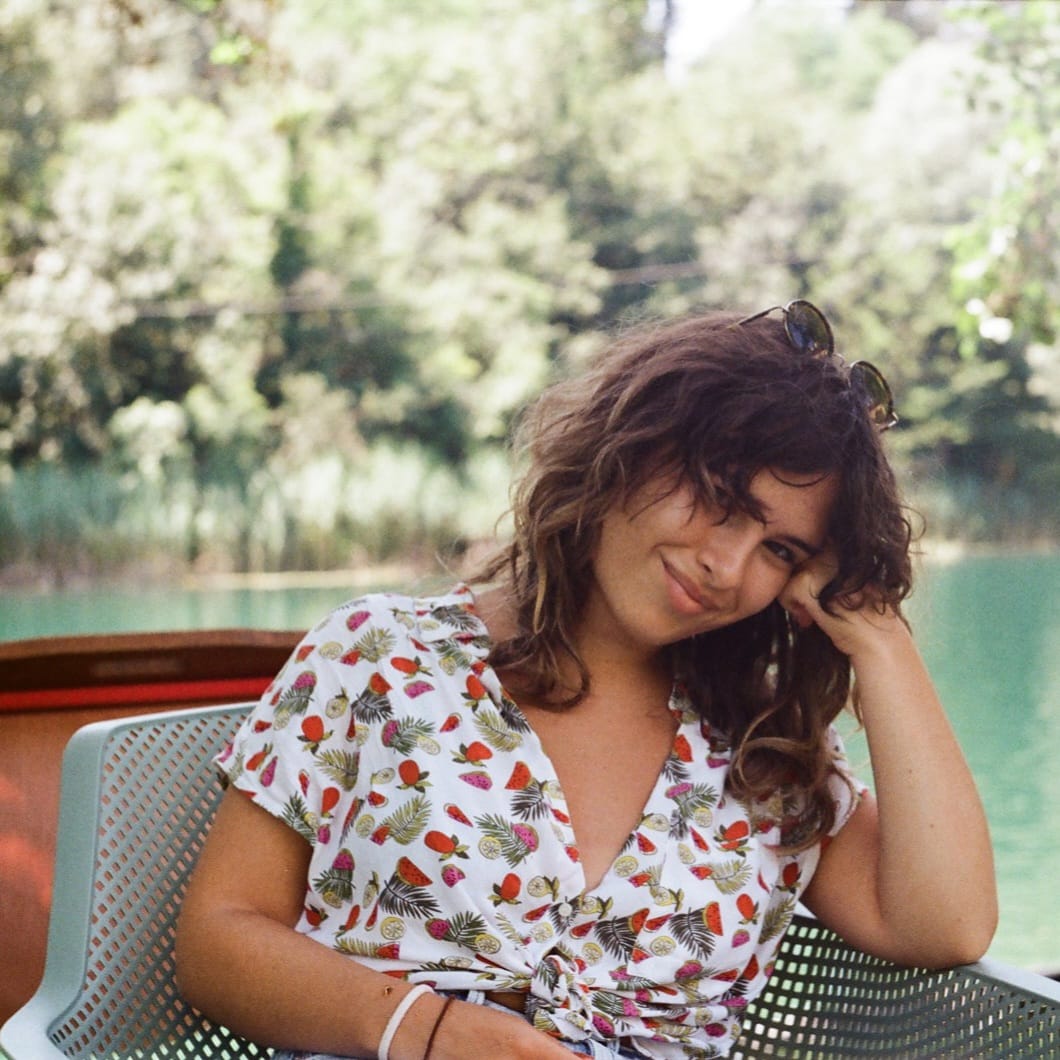
Iva Marketanović
University of Zagreb, Croatia
Iva Marketanović is a graduate student of psychology at University of Zagreb. During her student years, she has been volunteering as an emotional support provider for victims of criminal acts, as well as people who live with rare medical disorders. Her fields of special interest include health psychology and human sexuality. She is also one of the founders of a non-government organisation Safe Spaces that deals with the issue of street harassment and gender-based injustice in general. In her free time, she enjoys going to trivia nights or spending quality time with her friends.